The power of wireless charging technology has been around for many years now, but its inclusion in mobile devices has now given it a new lease of life. We’re talking about reverse wireless charging.
Reverse Wireless Charging
In the beginning wireless charging was a rarity in phones. However today, not only do we have fast wireless charging in Apple’s iPhone and some Android devices, but we also have reverse wireless charging thanks to devices like the Huawei Mate 20 Pro, the first to introduce reverse charging and now the Samsung Galaxy S10.
Activating the features is easy. On the Huawei Mate 20 Pro you just enable the option, and any time the device is pressed against another that supports Qi wireless charging, it automatically starts transferring power. For the Samsung Galaxy S10, you just enable Wireless PowerShare in settings. In both devices, the functionality is quite easy to activate and use, making it a key feature for future smartphones to include.
One of the advantages of the new feature is the high chance of it being compatible with all phones that have the ability to charge via the Qi standard. However, on the downside, for charging to occur, one of the devices needs to be face down and not forgetting that wireless charging is slower compared to wired charging, but nonetheless, it is still a valuable feature.
As we know, wireless charging isn’t really new as electric toothbrushes have been using the principles of inductive charging for many years now.
How does inductive charging work?
It operates by Qi Wireless Charging which uses a resonant inductive coupling between the two devices. One which is the sender, in most cases the charging station and the receiver, the mobile device. In phone to phone charging one behaves as the station and the other device is the receiver. Once Qi compatibility and the energy requirement have been calculated, the charging through induction begins. With this technology, the electromagnetic coils that send and receive the charge are specially shielded to reduce electromagnetic rays.
As the introduction of wireless charging is increasing and allowing the smartphone sector to grow by providing consumers with numerous functionalities in one device, one of the elements that hasn’t advanced much is the batteries and their capabilities. Many tech giants are aware of the limitations of lithium-ion batteries, and as chips and operating systems are becoming more efficient to save power, consumers are still fighting for better batteries. However, we could be on the verge of a power revolution.
Here is a look at some of the best battery discoveries which could be changing the world as we know it, by potentially extending our battery capacity up to weeks not hours.
Gold nanowire batteries
Nanowires, a thousand times thinner than a human hair, pose an excellent possibility for future batteries. But they’ve always broken down when recharging. This discovery by the University of California Irvine uses gold nanowires in a gel electrolyte. The potential for nanowires is huge as these batteries were tested, recharging over 200,000 times in three months and showed no degradation at all.
Solid state lithium-ion
Solid state batteries traditionally offer stability but at the cost of electrolyte transmissions. Toyota scientists tested a solid state battery using sulfide superionic conductors. The result is a battery that can operate at super capacitor levels to completely charge or discharge in just seven minutes. Since it’s solid state that also means it’s far more stable and safer than current batteries.
Laser-made micro-supercapacitors
By using lasers to burn electrode patterns into sheets of plastic, scientists at Rice University made a breakthrough in micro-supercapacitors. The result is a battery that can charge 50 times faster than current batteries and discharge even slower than current supercapacitors.
Foam batteries
Prieto 3D batteries that use a copper foam substrate means they will be safer thanks to no flammable electrolyte, and will also offer longer life, faster charging, five times higher density, be cheaper to make and be smaller than current offerings.
A foldable paper-like battery
The Jenax J.Flex battery has been developed to make bendable gadgets possible. The paper-like battery can fold and is waterproof which means it can be integrated into clothing and wearables. The battery has been created, designed and safety tested this includes being folded over 200,000 times without losing performance.
Although the latest phones have now begun to adopt phone to phone charging, we still have a long way to go in terms of extending the capacity of the batteries found in our devices. Anyhow, this technology might mean that we are a step closer to being a truly wireless society sooner than we think.




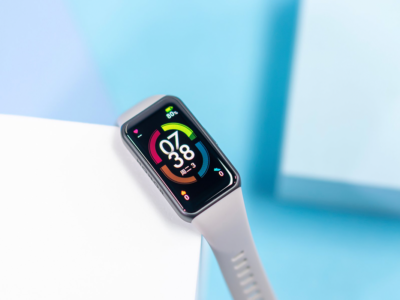

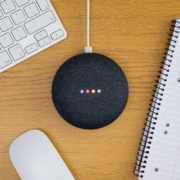



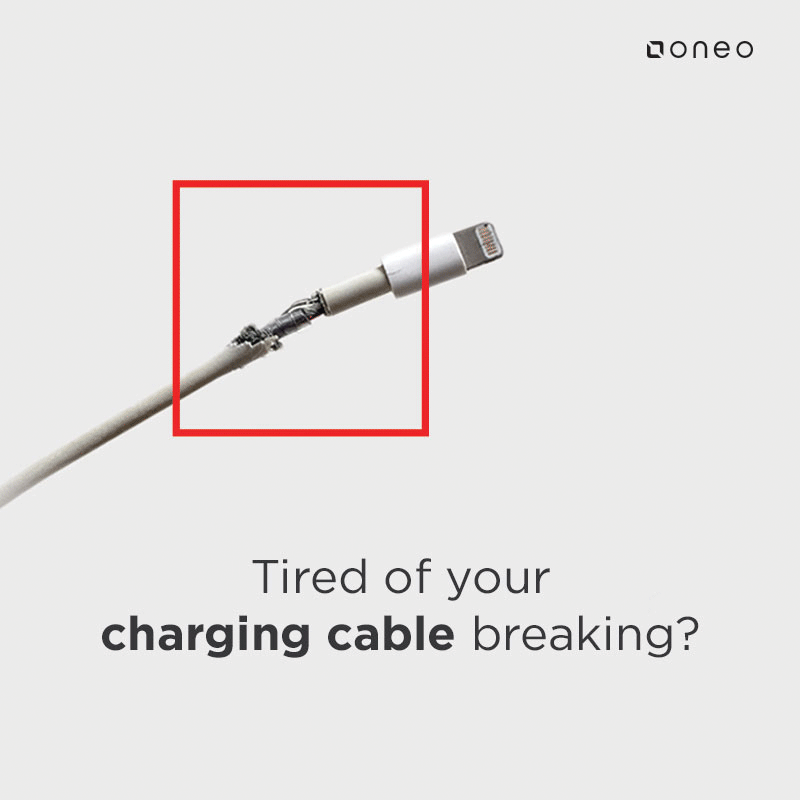
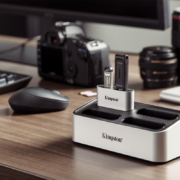
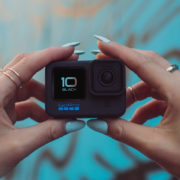
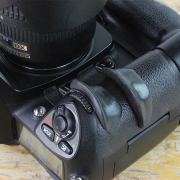
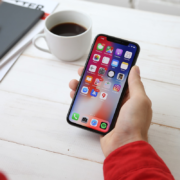
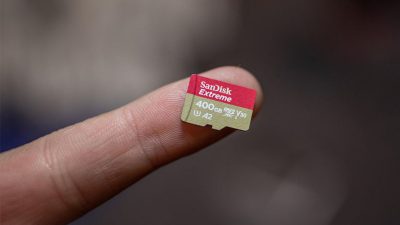
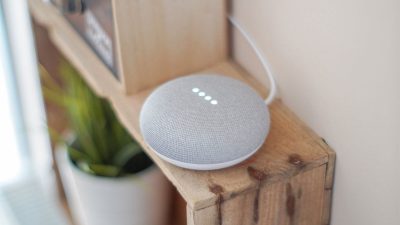
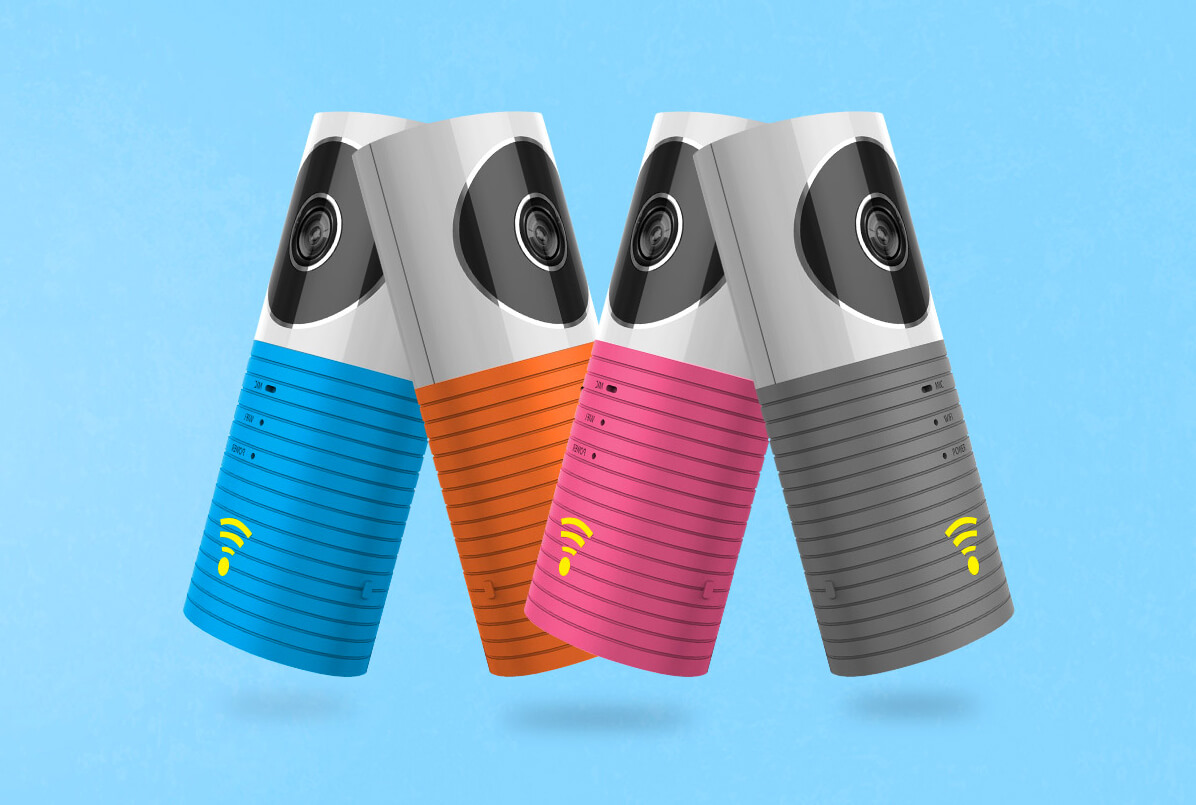
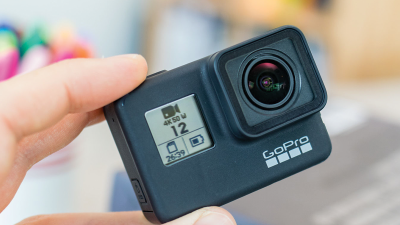
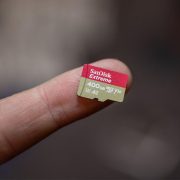
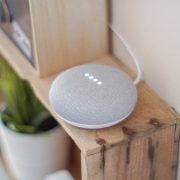
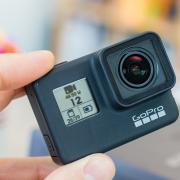
Comments